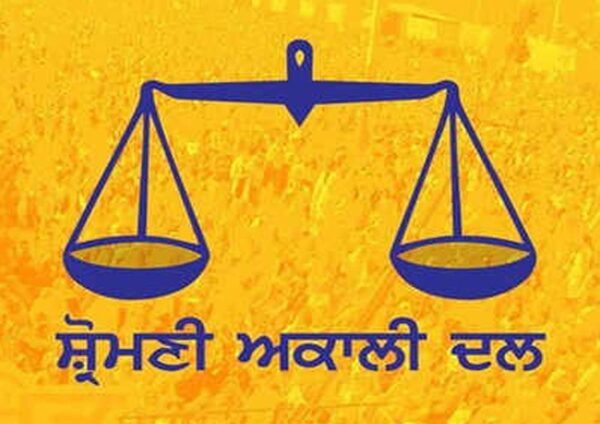
Once upon a time in Punjab, there was one mighty Akali Dal — the self-proclaimed guardian of Sikh pride, farmers’ rights, and Punjab’s dignity. Today, there are two Akali Dals — both carrying the same flag of “Panthic values,” both claiming to be saviors, and both wondering where all their voters have gone.
In one corner stands Sukhbir Singh Badal, armed with microphones, security convoys, and the ghost of his father’s legacy. In the other corner stands Giani Harpreet Singh, the former Jathedar of the Akal Takht, with the blessings of the sangat and the dream of “clean politics.” Between them lies Punjab — broke, tired, and sarcastically clapping as another “Panthic revival” rally begins with free tea and ends with free promises.
The Battle for the Panthic Throne
The Akali Dal (Badal) insists that it is the real Akali Dal, the one that has a building, a flag, and enough posters to cover every wall from Bathinda to Gurdaspur. The Giani Harpreet Singh Akali Dal claims it is the pure Akali Dal — untainted by corruption, family rule, or Delhi politics. Both are right in their own speeches and wrong in everyone else’s.
Every day, one side holds a press conference to say “We are the real Panthic voice.” The next day, the other side replies, “No, we are the real Panthic soul.” Meanwhile, the public sighs: “If you both are the soul, who’s the body?”
The Badal camp says it will bring back the glory days of Parkash Singh Badal. The Giani camp says it will bring back the glory days of Guru-inspired politics. And the voters say — “We’d be happy if you just brought back our electricity bill to under ₹1000.”
Promises, Prayers, and Political Puzzles
The Badal Akali Dal promises to reform Punjab with experience. Giani Harpreet Singh’s Akali Dal promises to reform it with honesty. Yet, somehow, Punjab keeps waiting for either experience or honesty to show up. The fields are drying, the youth are migrating, and the leaders are still busy deciding who gets to use the word Panthic on their banners first.
One party holds rallies with farmers; the other holds prayers for the farmers. One promises to build gurdwaras; the other promises to clean them. Both promise to save Punjab — from each other.
In this grand comedy, every press conference is a sermon, every speech a confession, and every manifesto a recycled slogan from 1997. “We will make Punjab prosperous again,” they cry in unison — and for a brief moment, even the loudspeakers pause in disbelief.
When Voters Become the Audience
The people of Punjab have turned spectators to this endless Panthic drama. Every month brings a new faction, a new promise, or a new “unity meeting” that ends with two more microphones and three more leaders defecting. The real Punjab — the farmers, the unemployed youth, the small shopkeepers — watches this musical chairs of morality with dry humor.
“Panth in danger!” one leader warns.
“Punjab in danger!” replies the other.
The voters whisper, “Sir, only our savings are in real danger.”
In the villages, old Akalis shake their heads. “Pehla Akali Dal Panth de layi lardaa si… ajj Panth Akali Dal layi lardaa hai.” (Earlier, Akali Dal fought for the Panth — now, the Panth fights for the Akali Dal.)
Moral of the Satirical Story
As both Akali Dals prepare their flags for the next election, the moral is clear — Punjab doesn’t need two Akalis fighting for crowns; it needs one conscience fighting for its people. The more they shout about “Panthic revival,” the more Punjab’s voters silently pack their bags for Canada.
Maybe one day, the two Akali Dals will realize that the real throne of Punjab is not in the party office or at the Akal Takht — it’s in the homes of the people who trusted them once and now just laugh softly when another “Panthic conference” is announced.
Until then, the show goes on: two thrones, one crown, and a million sighs from the land that once believed politics was about service, not succession.